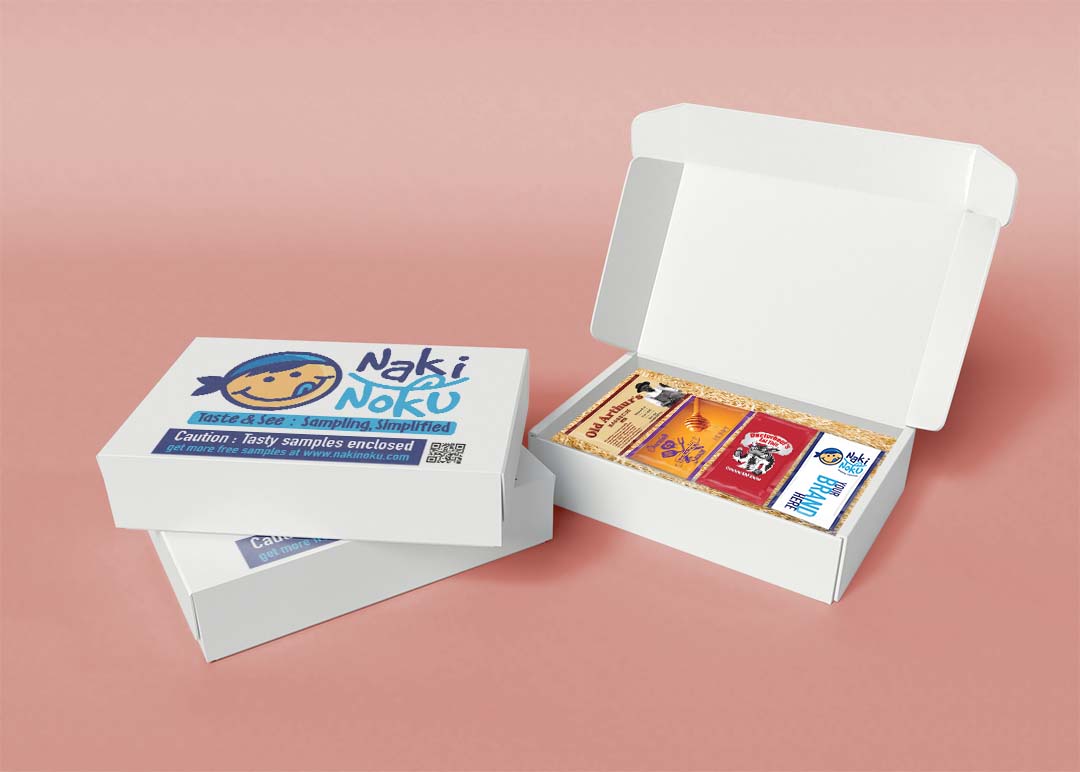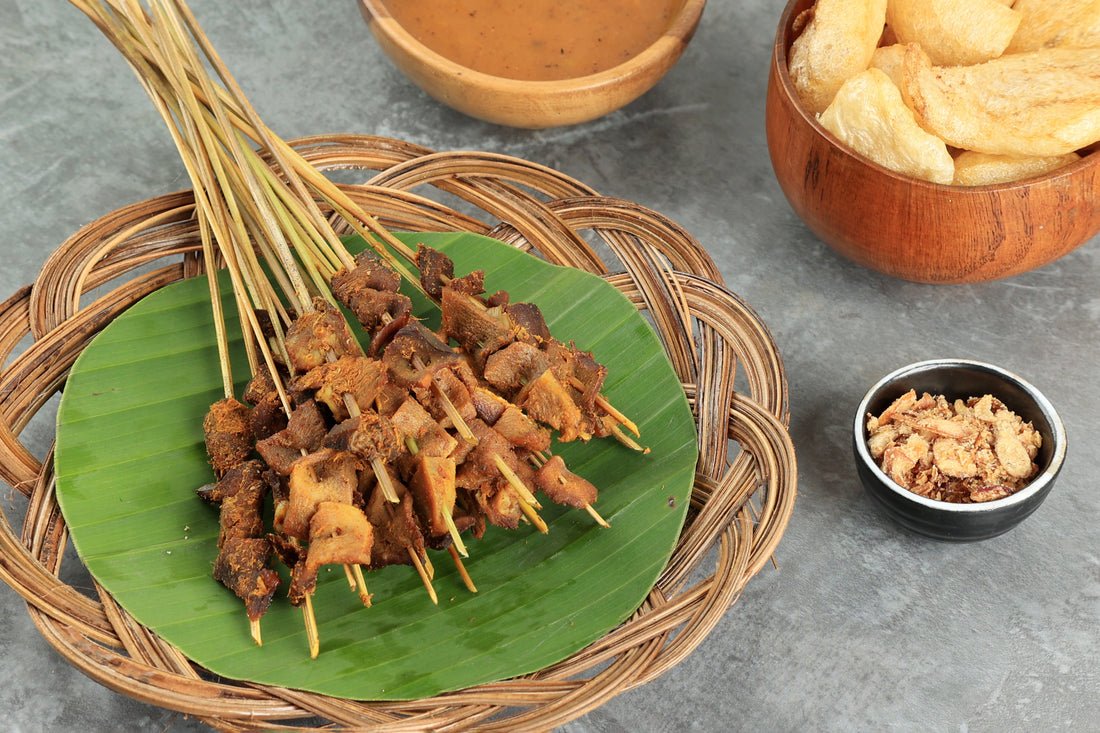Spices and herbs are the backbone of flavor in any dish. They add depth, complexity, and aroma that elevate the taste profile of any recipe. However, when it comes to seasoning, we are often asked about the difference between using a dry rub or a spice mix. Although both are used to add flavor to food, there are some key differences between the two that every home cook should know. In this blog post, we'll be discussing the difference between dry rub and spice mixes, focusing on the grain size and use.
Grain Size: Granular vs Fine
The primary difference between dry rubs and spice mixes is their grain size. Dry rubs are typically coarser in texture and have a granular consistency, while spice mixes are generally finer and have a powdery texture. This difference in texture is essential because it affects the way the seasonings interact with the food.
A dry rub is designed to be applied directly to meat, poultry, or fish before cooking. The coarse texture creates a crust on the surface of the food, which helps to seal in the juices and enhance the flavor. The large granules in the rub also create a textural contrast that adds interest to the dish. On the other hand, spice mixes are primarily used for seasoning sauces, soups, and stews. The fine texture of the spices allows them to dissolve quickly, infusing the dish with flavor evenly.
Use: as a Final Mix vs. as an Ingredient
Another significant difference between dry rubs and spice mixes is how they are used in cooking. Dry rubs are typically used as a final mix, meaning they are applied directly to the surface of the food just before cooking (e.g. Curry Dry Rub Chicken Wings). Once applied, the rub is left on the food until it's cooked, allowing the flavors to penetrate deeply into the meat. In contrast, spice mixes are often used as an ingredient in the cooking process. They are added to sauces, marinades, and other dishes, where they blend with other ingredients to create a complex flavor profile. They often need additional ingredients to achieve a final flavor profile (salt, sugar or other flavors typically need to be added).
It's also worth noting that dry rubs and spice mixes can be interchangeable in certain recipes. For example, a dry rub can be used as a seasoning in a sauce, or a spice mix can be applied as a part of a dry rub to meat. However, it's essential to keep in mind that the texture and proportion of the seasonings will affect the final result.
Use the right tool for the job
In conclusion, understanding the difference between dry rubs and spice mixes is crucial if you want to take your cooking to the next level. Whether you're grilling a steak or making a curry, knowing when to use a dry rub and when to use a spice mix can make all the difference in flavor and texture. By keeping in mind the differences in grain size and use, you'll be able to use these seasonings to their full potential and elevate your dishes to new heights.
If you'd like to sample a dry rub, you can browse our partner dry rubs here!


